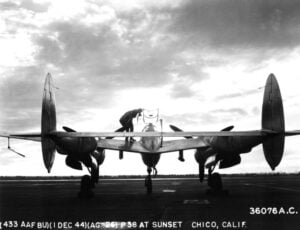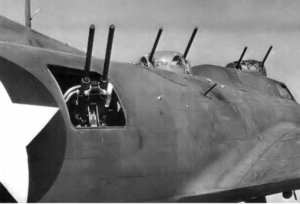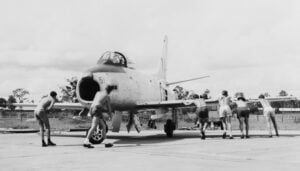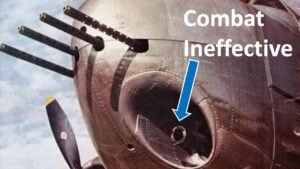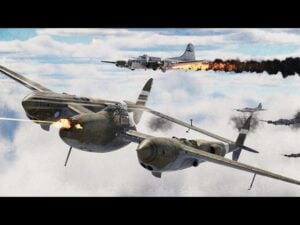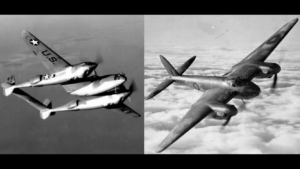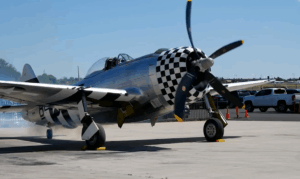5 Insane Facts About the B-29 Superfortress
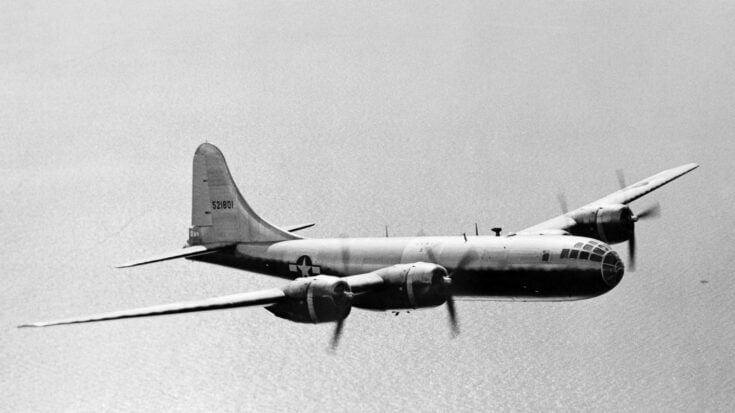
YouTube / Megaprojects
The B-29 Superfortress wasn’t just another WWII bomber—it was a flying marvel that changed the course of history. Here are five jaw-dropping facts that highlight just how groundbreaking this aircraft was.
1. It Was the Most Expensive Project of WWII—More Than the Atomic Bomb
Developing the B-29 cost the U.S. government $3 billion—a staggering figure in the 1940s and more than the Manhattan Project itself. The price tag was driven by its cutting-edge features: pressurized crew compartments, remote-controlled gun turrets, and brand-new R-3350 engines that were prone to overheating and fires. The B-29 was so advanced that Boeing engineers had to make fixes after the bombers were already delivered.
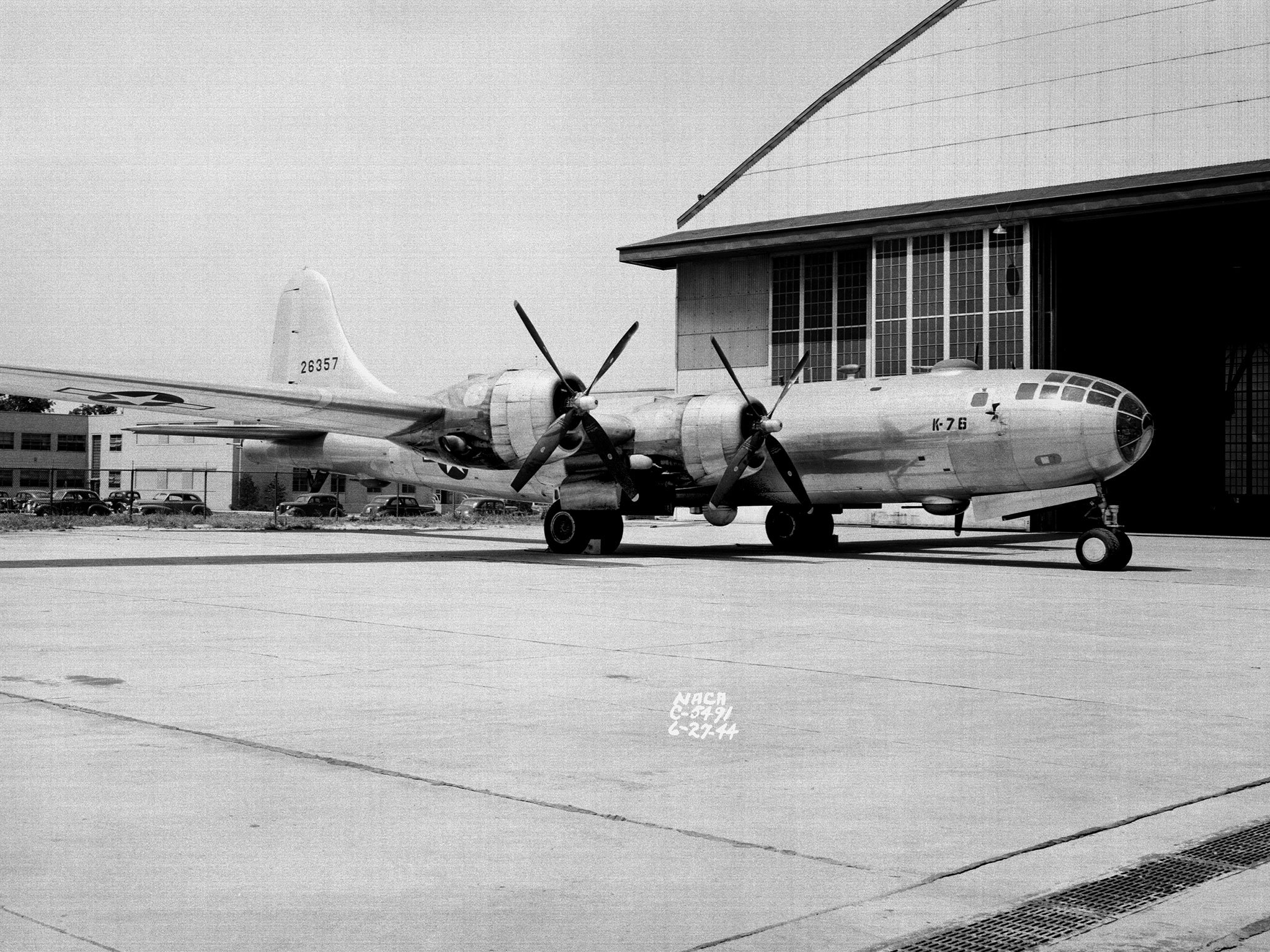
2. The Plane Was Rushed Into Combat with Deadly Consequences
Because of the urgent need to bomb Japan, early B-29s were rushed through development. In fact, many were flown straight from the factory to modification centers to be rebuilt on the spot. Tragically, some of the first prototypes suffered fatal engine fires—including one that crashed into a Seattle meatpacking plant, killing 11 crewmen and 21 civilians on the ground.
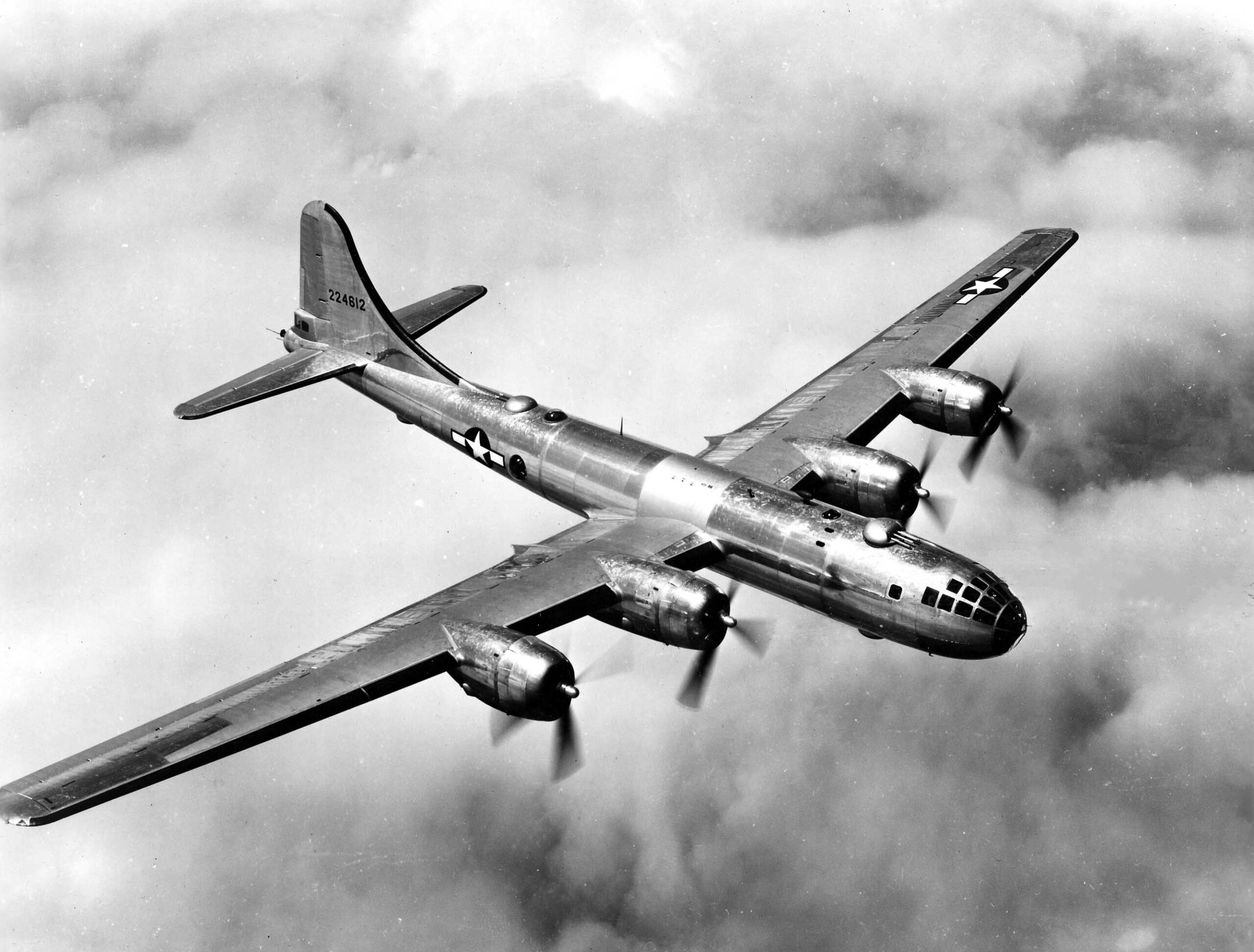
3. It Changed the Way We Fight Wars from the Sky
Initially built for high-altitude strategic bombing, the B-29’s bombs often missed targets by miles due to jet stream winds over Japan. Enter General Curtis LeMay, who completely changed tactics—switching to low-altitude firebombing. This led to the devastating firebombing of Tokyo on March 9–10, 1945, which killed over 100,000 people in one night—the deadliest air raid in history.
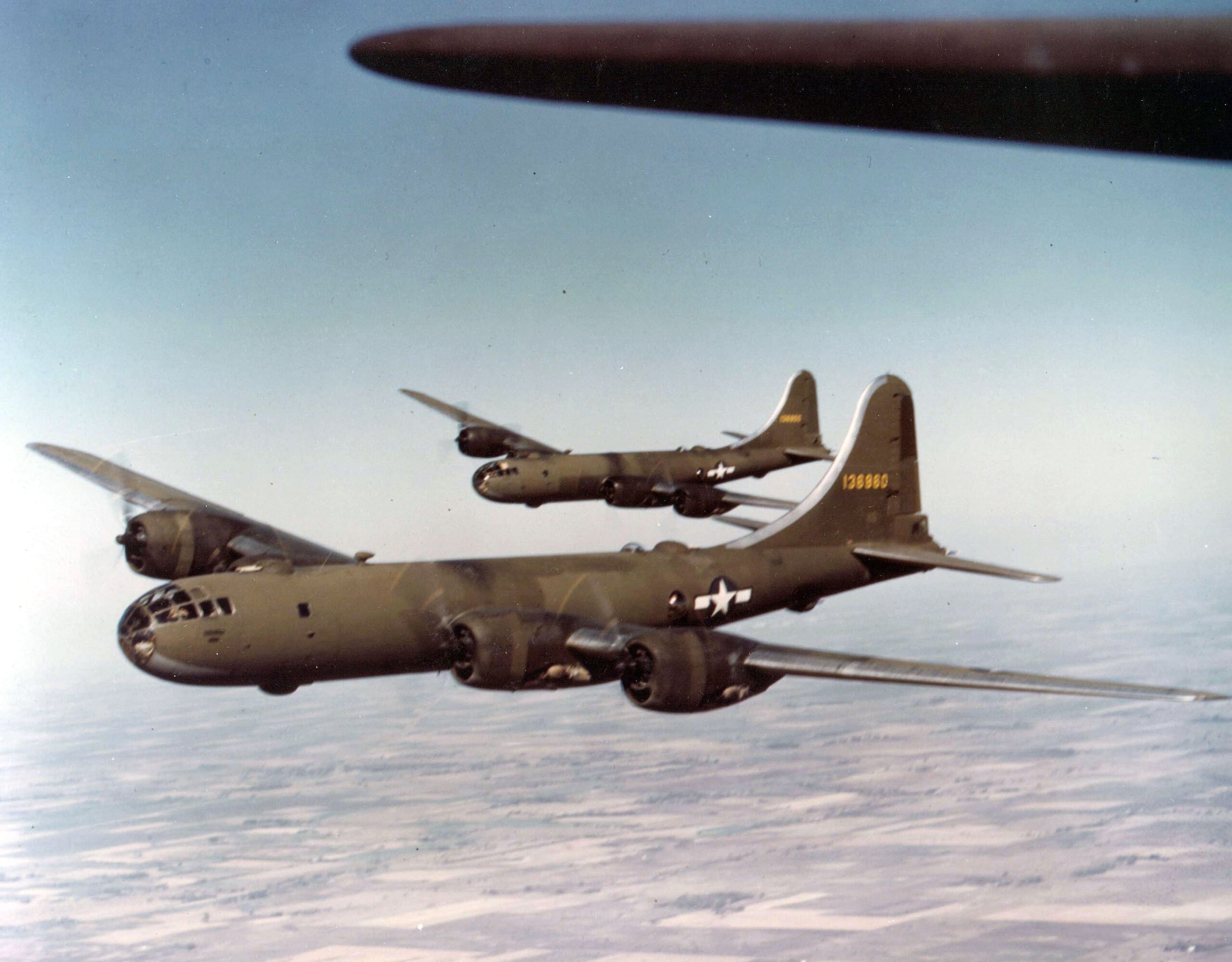
4. It Was the Only Plane to Drop an Atomic Bomb in Combat
The B-29 earned its grim place in history by delivering the first and only wartime atomic bombings. On August 6 and 9, 1945, two specially modified B-29s—Enola Gay and Bockscar—dropped atomic bombs on Hiroshima and Nagasaki, ultimately bringing an end to World War II.
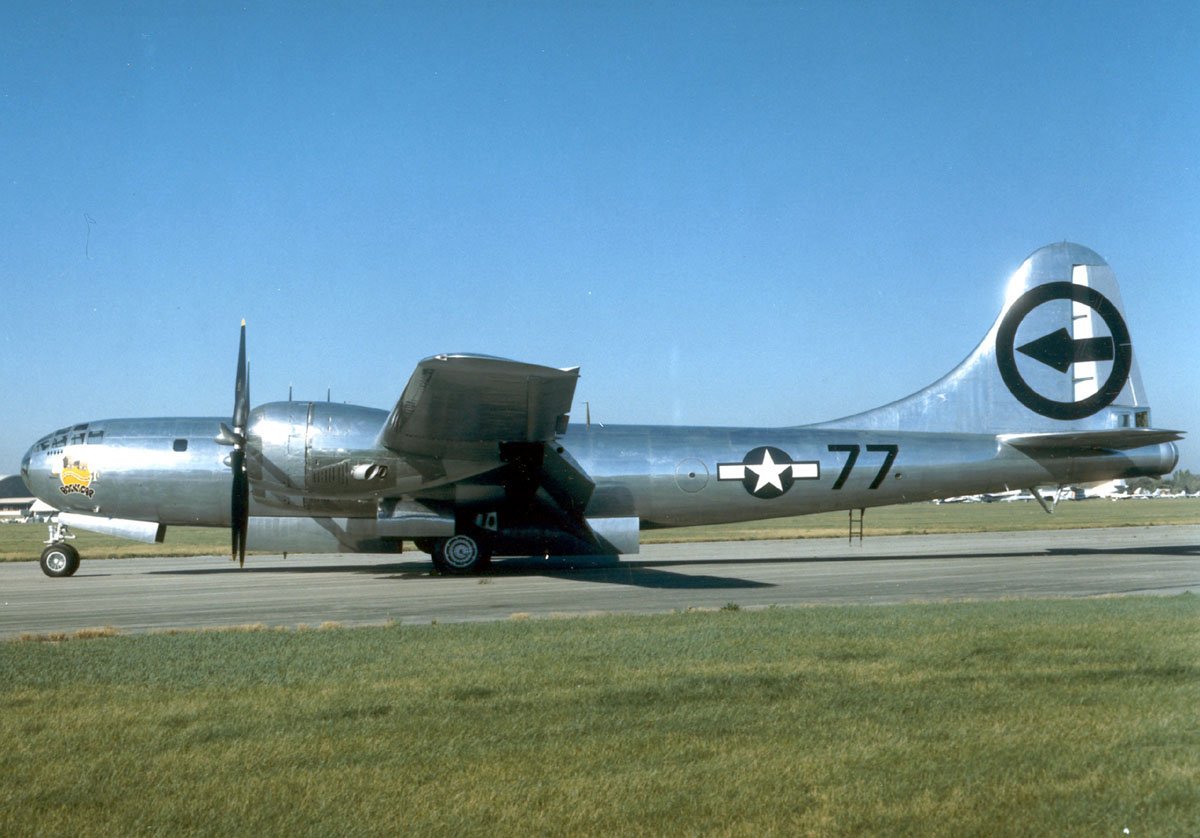
5. It Became a Soviet Secret Weapon (Sort Of)
After a few damaged B-29s landed in the Soviet Union, the Soviets refused to return them. Instead, they reverse-engineered the aircraft bolt-by-bolt to create their own clone: the Tupolev Tu-4. It became the backbone of the Soviet bomber force during the early Cold War.
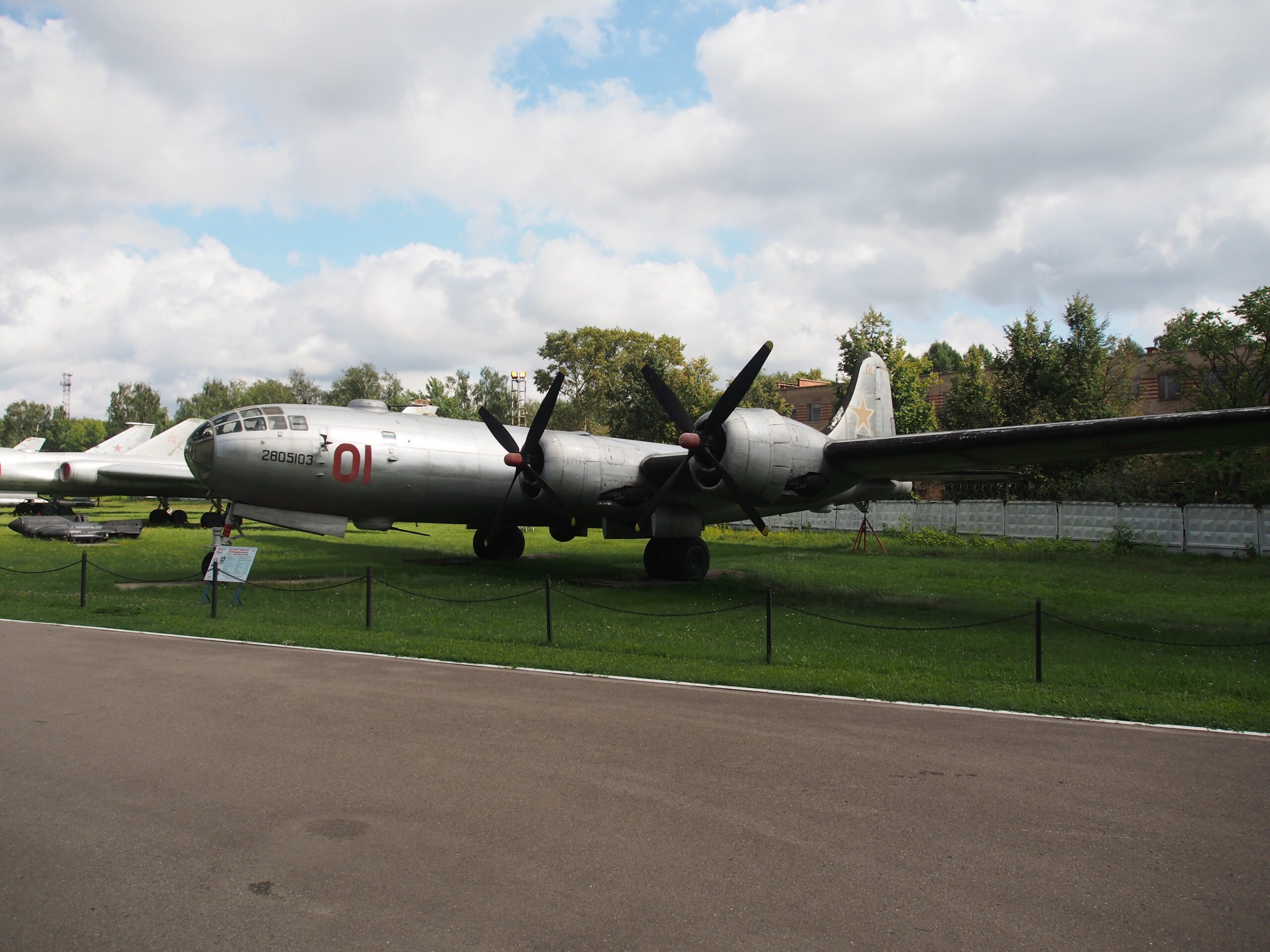
Today, only two B-29s still fly—FIFI and Doc—both lovingly restored and maintained by dedicated volunteers. Their roaring engines are a living reminder of one of the most powerful war machines ever built.














